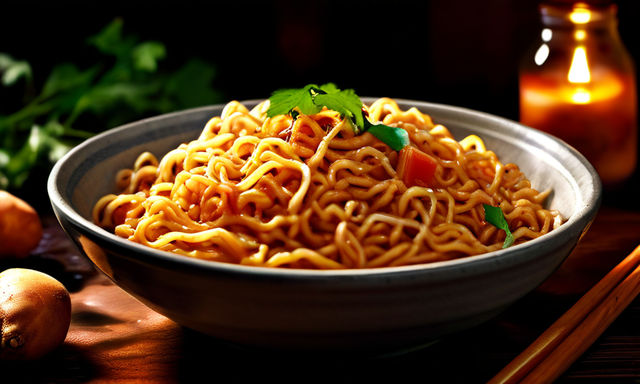What 50g of Carbs Looks Like Video
Carbohydrates are crucial for a balanced diet as they provide glucose, converted into energy to support bodily functions and physical activity. However, not all carbs are created equal. Understanding what 50 grams of carbohydrates look like in various foods can help you make informed choices to balance your diet effectively. Watch our detailed video to get a visual guide on understanding carb content.
Video Overview:
This video provides a visual and informative guide to what 50 grams of carbohydrates look like in different food groups. It will help you visualize and better manage your carbohydrate intake for a balanced diet.
Understanding Carbohydrates
Carbohydrates are the body's primary energy source, divided into sugars, starches, and fiber. While sugars and starches provide immediate energy, fiber aids in digestive health and helps regulate blood sugar levels. The video will detail how different foods impact these levels and how to balance your intake.
Examples of 50g Carbohydrate Portions:
Our video provides a closer look at various foods and their carbohydrate contents:
- - Fruits: Bananas, apples
- - Vegetables: Potatoes, sweet corn, sweet potatoes, corn thins, mixed vegetables
- - Legumes: Chickpeas, lentils
- - Grains:: Oats, white rice
- - Processed Snacks:: Bread, soda, bagels, noodles
- - Sweet Treats: Raisins, honey

Balancing Carbohydrates in Your Diet
While these examples illustrate what 50 grams of carbohydrates looks like, it's essential to remember that not all carbs are created equal. Complex carbohydrates found in whole grains, legumes, and vegetables provide longer-lasting energy and essential nutrients compared to simple carbohydrates found in sugary foods and drinks.
To balance your carbohydrate intake:
- 1. Prioritize Whole Grains: Choose whole grains over refined grains for added fiber and nutrients.
- 2. Combine with Protein and Healthy Fats: Incorporate protein and healthy fats into your meals to promote satiety and prevent rapid spikes in blood sugar.
- 3. Choose High-Fiber Options: Opting for high-fiber foods can help manage blood sugar levels, as fiber slows the absorption of sugar.
- 4. Monitor Portion Sizes: Be mindful of portion sizes to avoid overconsumption of carbohydrates.
Conclusion
Visualizing what 50 grams of carbohydrates look like across different foods is a powerful tool for managing your diet more effectively. Whether you are trying to adhere to a specific dietary plan or just aiming to improve your overall health, understanding carbohydrate sources and their impacts can help you make more informed dietary choices.
Disclaimer: This blog post and video are for informational purposes only and do not constitute medical advice. Consult with a healthcare professional before making significant dietary changes, especially if you have health conditions or specific dietary needs.
Ready to level-up?
Create meal plans 10x faster, follow up with your clients through our mobile app, and never struggle with meal planning or recipe management again.